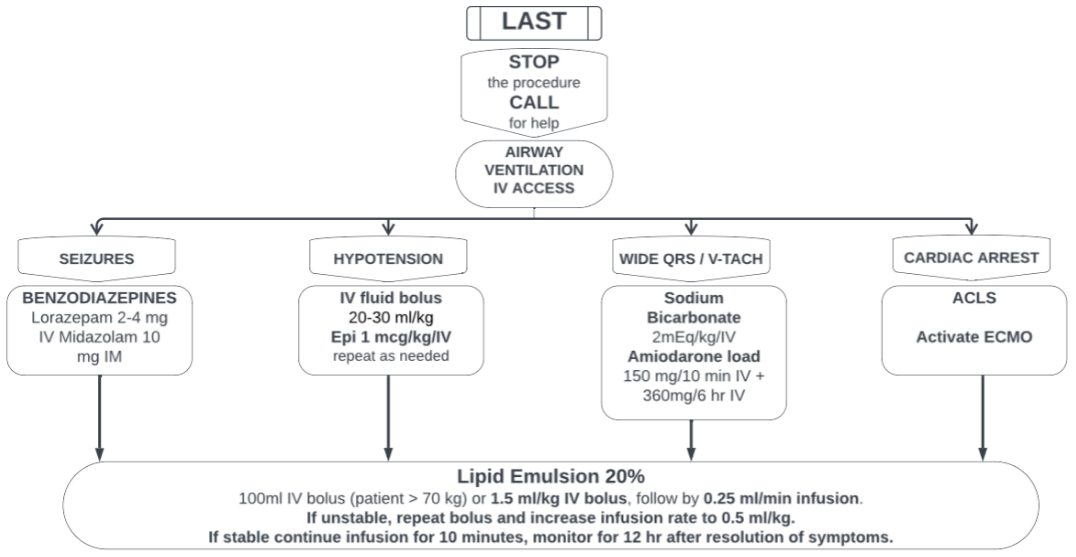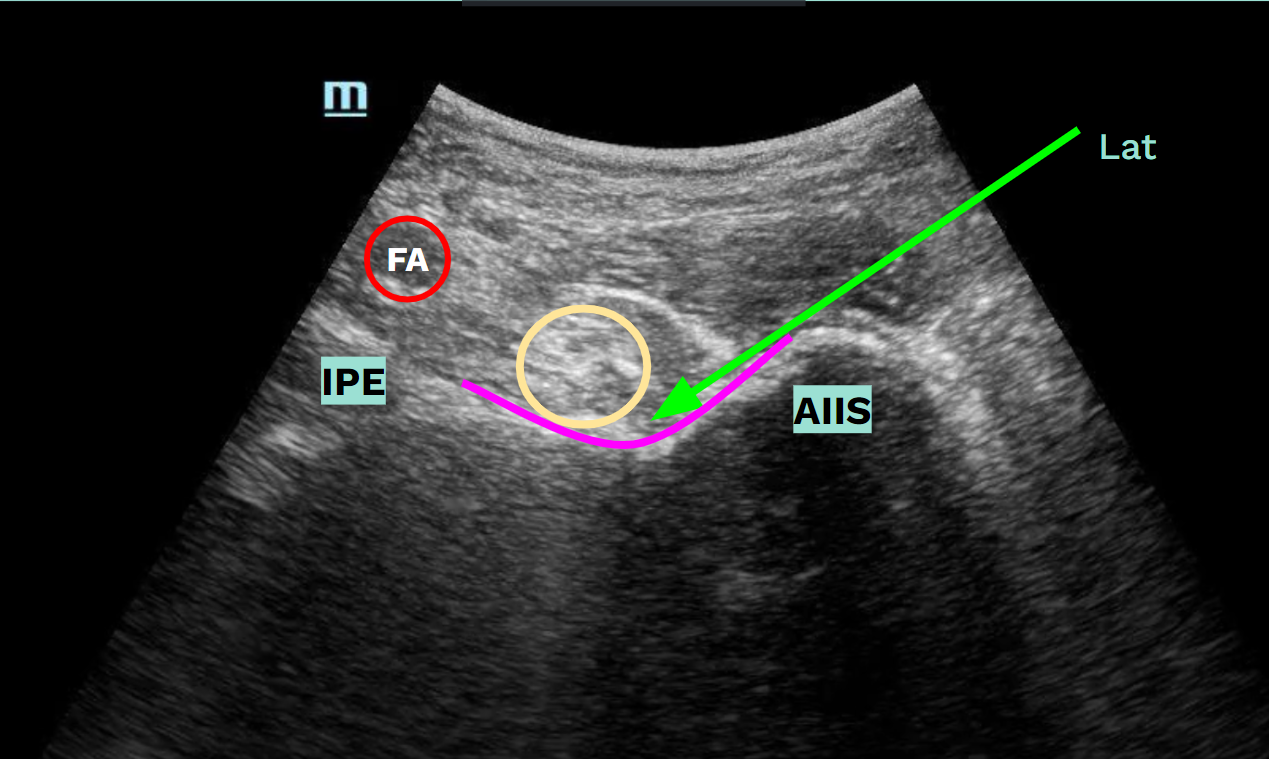Let’s talk about mandible dislocations & how we can reduce them. First, we need to take a look at the mandible anatomy – can refer back to this as we discuss mandible dislocation: So how does the mandible dislocate (also called te…
Headaches are the most common complication of doing a lumbar puncture (LP). Let’s dive into what causes them, how to prevent them, and what to do when patients come back suffering from a post-LP headache. Some major theories on why post-LP…
Let’s talk about large bore/central vascular access! We’ll review different kinds, their different names, and when to use them!Of note outside the scope of this review: how to insert each of these – I think this is better learned by watchin…
Causes, prevention, presentation and treatment of LAST: Local Anesthetic Systemic toxicity
The PENG block is an effective, easy and safe way to provide analgesia to acute traumatic hip injuries


